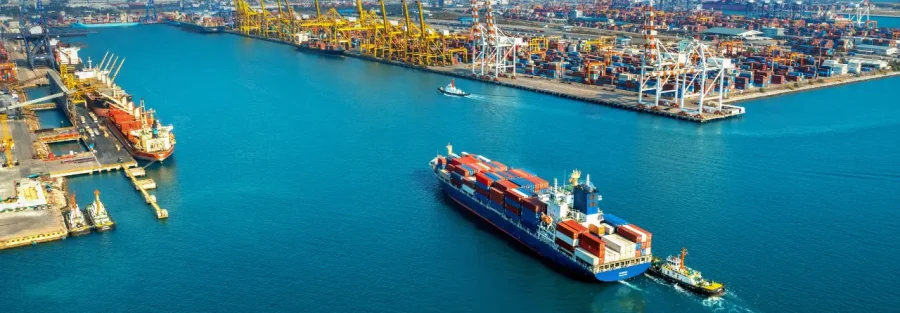What if history isn’t just rhyming, but actually repeating? As inflation remains stubborn, economic growth stutters, and trade policies harden, the specter of stagflation, that dreaded blend of stagnation and inflation, is creeping back into view. And if Trump’s proposed tariff regime takes hold, experts warn, the déjà vu could become all too real.
The Return of a Dirty Word: Stagflation
Stagflation isn’t just an economist’s nightmare; it’s a policymaker’s paradox. High inflation normally demands interest rate hikes. Sluggish growth, on the other hand, calls for stimulus. But when both happen simultaneously, as they did in the 1970s, you’re stuck between a rock and a recession.
The term has recently reentered the conversation thanks to some unsettling economic signals. U.S. GDP contracted at an annualized rate of 0.2% in Q1 2025, the first such decline in three years. Consumer spending slowed to its weakest pace since mid-2023. And inflation? Still not under control.
To make matters worse, Trump’s favored tariff plan, currently in legal limbo, threatens to pour gasoline on the inflationary fire while choking off growth.
The Tariff Time Bomb
Under the proposed tariff framework, duties on foreign goods entering the U.S. range from 11% to more than 100%. While these tariffs are temporarily paused due to a trade court ruling, a federal appeals court has since halted that decision, leaving their future uncertain. But the anticipation alone is already distorting economic behavior.
Imports surged by over 42% in Q1, as businesses raced to stockpile goods before tariffs potentially spike. This stockpiling may give a temporary jolt to GDP figures, but it masks underlying weakness. According to Lukasz de Pourbaix, a cross-asset analyst at Fidelity International, the long-term impact of these tariffs, if implemented, could be dire: slower growth, rising unemployment, and higher prices.
“The U.S. trade tariffs could create the conditions necessary for stagflation, persistent inflation alongside weak economic growth and rising unemployment,” de Pourbaix warned.
Tariffs, Inflation, and a Fed Caught in the Middle
The Federal Reserve, for its part, has so far held interest rates steady in 2025. On one hand, inflation remains above target. On the other hand, the economy is clearly losing momentum. With trade uncertainty clouding the forecast, the Fed appears to be in a holding pattern, an increasingly untenable position as the data worsens.
Tariffs are particularly problematic from a monetary policy standpoint. They artificially inflate prices while suppressing demand. That puts the Fed in a tough spot: do nothing and inflation runs hot; raise rates and risk deepening the downturn. It’s a tightrope walk with no safety net.
Global Ripples, Local Cracks
The impact of this policy uncertainty isn’t limited to the U.S.; global trade is already slowing. De Pourbaix notes that Europe is currently outperforming the U.S. in terms of momentum, while Australia, more dependent on Chinese demand than U.S. trade flows, has been spared, for now.
Australia’s relative insulation is credited to improving signals from China and the potential for another rate cut by year-end. But even the most insulated economies won’t be untouched if a full-blown trade war reignites global stagflationary pressures.
What Happens Next?
While no one can say with certainty whether the U.S. will fall into stagflation, the risk is no longer hypothetical. The legal and political fate of Trump’s tariff plan could tip the balance. If implemented fully, it may not just weaken growth and boost inflation, it could also undermine consumer confidence, suppress investment, and provoke retaliatory measures from trade partners.
All eyes now turn to the labor market and upcoming decisions from the Fed. As Fidelity and others closely monitor job data for signs of softening, the window to avoid stagflation may be narrowing.
Conclusion
Stagflation isn’t inevitable, yet. But it’s no longer just a ghost from the past. With economic indicators flashing warning signs and policy uncertainty rising, the U.S. stands at a precarious crossroads. One thing’s for sure: the choices made in the coming months will shape not just the economy, but the legacy of how we handled the threat of déjà vu.





